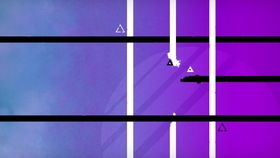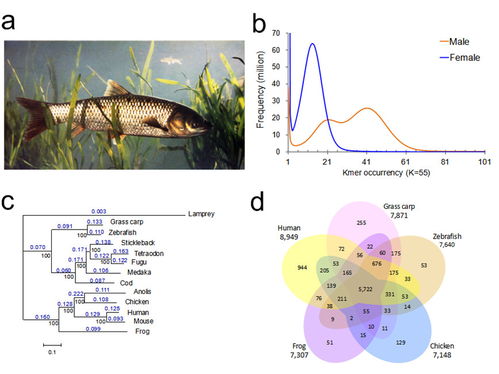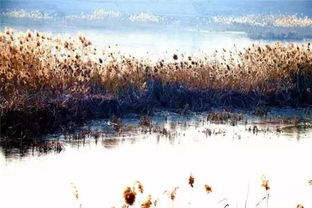Content:

Outdoor fishing is an exhilarating activity that offers relaxation, adventure, and a chance to connect with nature. One of the most crucial aspects of fishing is understanding how to find the bottom, as it can significantly impact your success on the water. This article will delve into the essential techniques and tips to help you master the art of bottom-finding for your outdoor fishing endeavors.
Choose the Right Equipment
To begin with, selecting the appropriate equipment is essential for successful bottom-finding. Here are some key pieces of gear to consider:
a. A high-quality fishing rod: A strong, versatile rod will help you feel the subtle nuances of the bottom beneath your lure or bait.
b. Sensitive reels: Opt for reels with smooth, precise drag systems and a good line capacity to handle various fishing situations.
c. Line: Use a monofilament or fluorocarbon line that matches the conditions and fish species you are targeting. The appropriate line size will allow you to feel the bottom more effectively.
d. Lures or baits: Choose lures or baits that are appropriate for the fish species and bottom conditions. Soft plastics, jigs, and spinnerbaits are popular choices for bottom-fishing.
Understand the Water Conditions
Before setting out on your fishing trip, it is crucial to gather information about the water body you will be fishing. Here are some factors to consider:
a. Depth: Determine the depth of the water body and identify the general area where fish are likely to be found.
b. Structure: Look for underwater structures such as rocks, logs, weeds, or drop-offs, as these areas often hold fish.
c. Water clarity: The clarity of the water will affect how well you can see the bottom. In murky waters, it may be more challenging to find the bottom, but you can still rely on other techniques.
Learn to Read the Bottom
Once you are on the water, here are some techniques to help you read the bottom effectively:
a. Feel the bottom: Start by feeling the bottom with your lure or bait. If you are using a lure, slowly retrieve it through the water and pay attention to the resistance you feel. If the resistance suddenly increases, you may have hit the bottom.
b. Use a fishfinder: A fishfinder can be an invaluable tool for bottom-finding. It provides real-time information about the bottom structure, depth, and presence of fish. Familiarize yourself with the features and settings of your fishfinder to make the most of it.
c. Observe the water surface: In clear water, you may be able to see the bottom and any structure beneath it. This can give you an idea of where to start fishing.
Adjust Your Technique Based on the Bottom Conditions
Once you have located the bottom, it is essential to adjust your fishing technique accordingly:
a. Trolling: If you are fishing in open water, try trolling with your lure or bait at various depths to determine the best depth for catching fish.
b. Casting: For fishing in areas with structure, such as rocks or weeds, cast your lure or bait towards the structure and retrieve it slowly, allowing it to bounce off the bottom.
c. Jigging: In areas with a soft bottom, such as mud or sand, use a jigging technique to attract fish. Jig the lure up and down in a repetitive motion to mimic the movement of baitfish.
Be Patient and Observant
Finding the bottom is just the beginning. Patience and observation are key to successful bottom-fishing:
a. Take your time: It may take some time to locate the fish, so be patient and persistent.
b. Adjust your approach: If you are not getting bites, try changing your lure, bait, or technique to see if it makes a difference.
c. Stay alert: Keep an eye on your line and be ready to set the hook when you feel a bite.
In conclusion, mastering the art of bottom-finding techniques is essential for successful outdoor fishing. By selecting the right equipment, understanding the water conditions, reading the bottom, and adjusting your technique, you will be well on your way to becoming a skilled bottom-fishing angler. Remember to be patient and observant, and you will undoubtedly reap the rewards of your efforts on the water.












